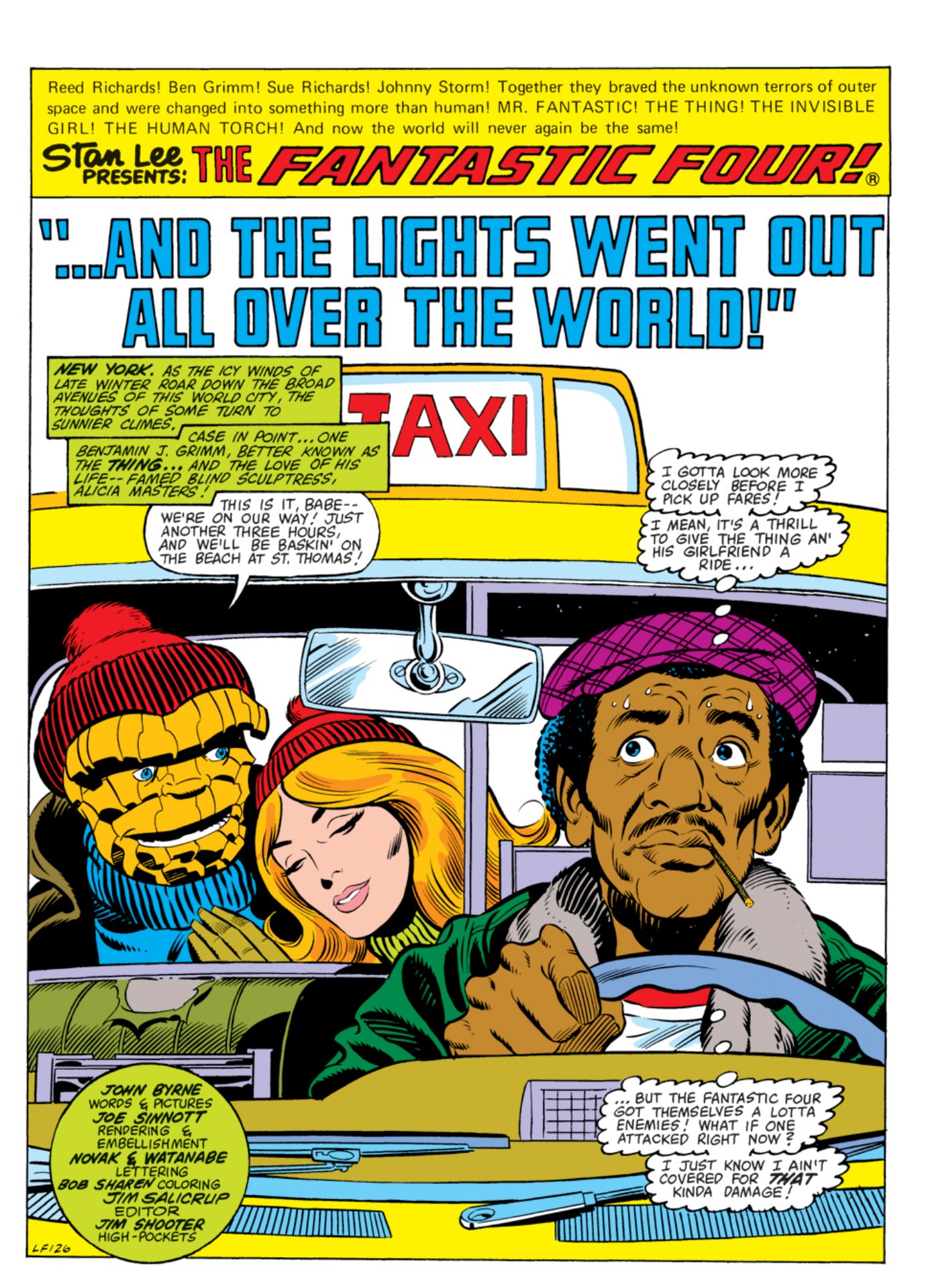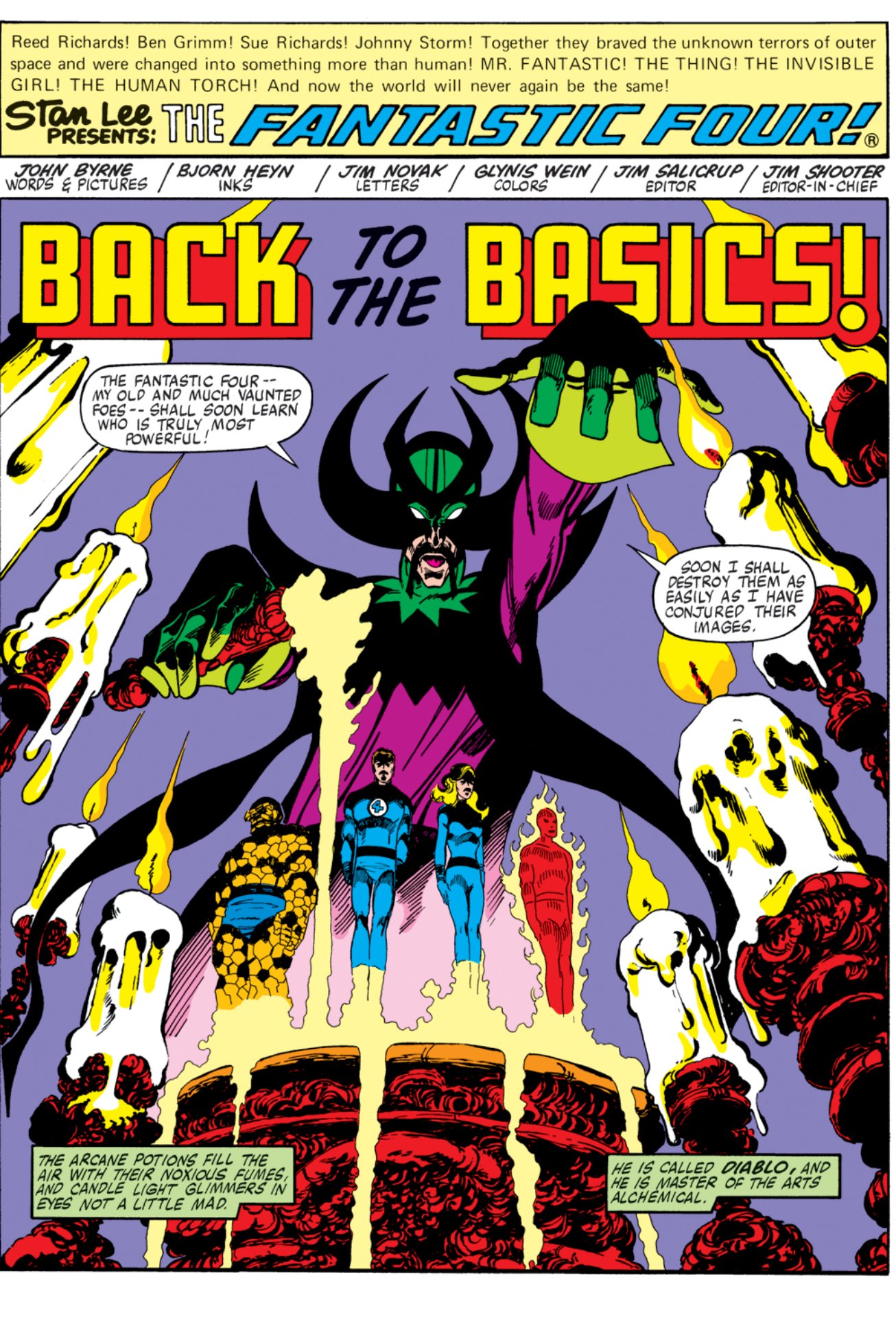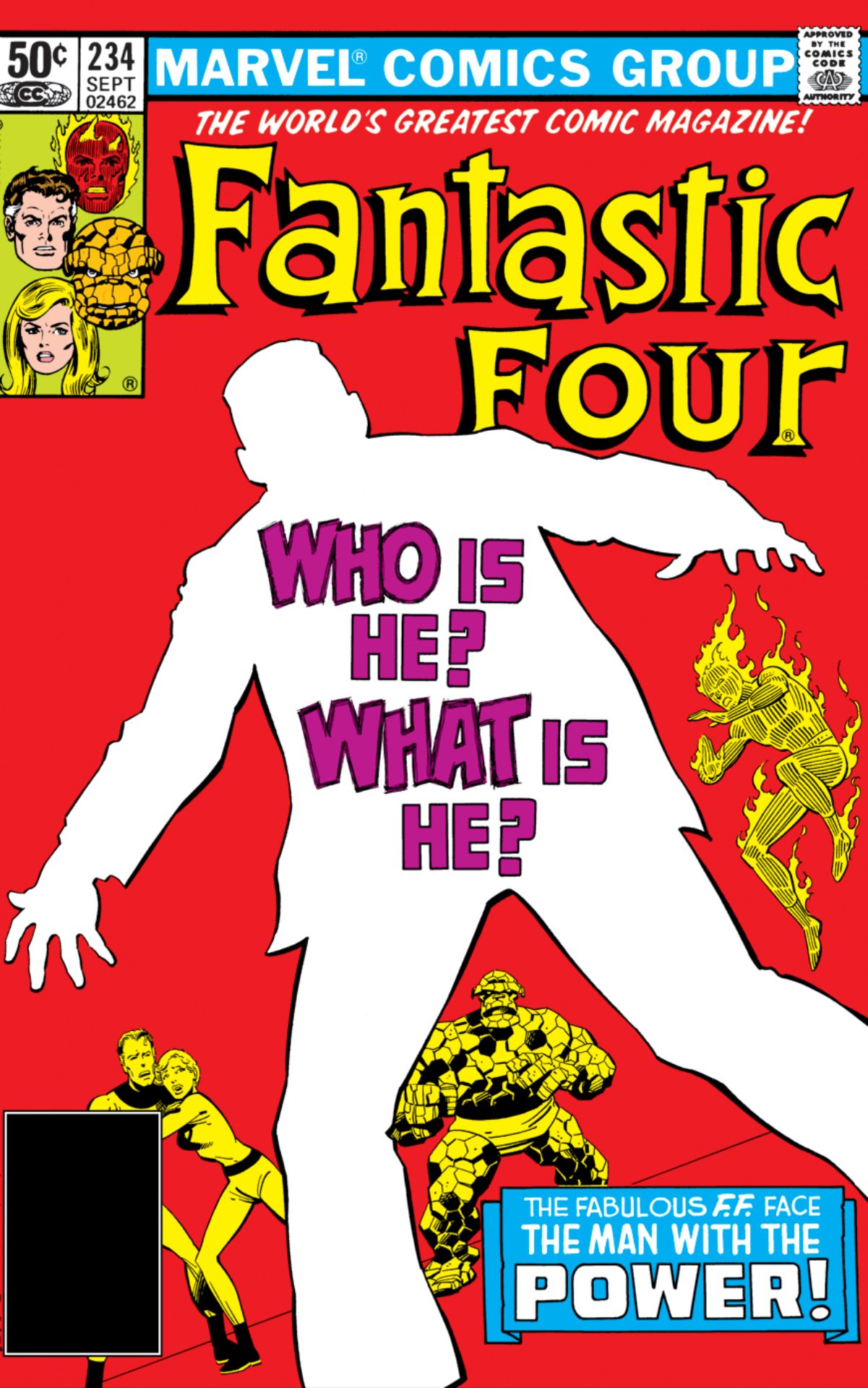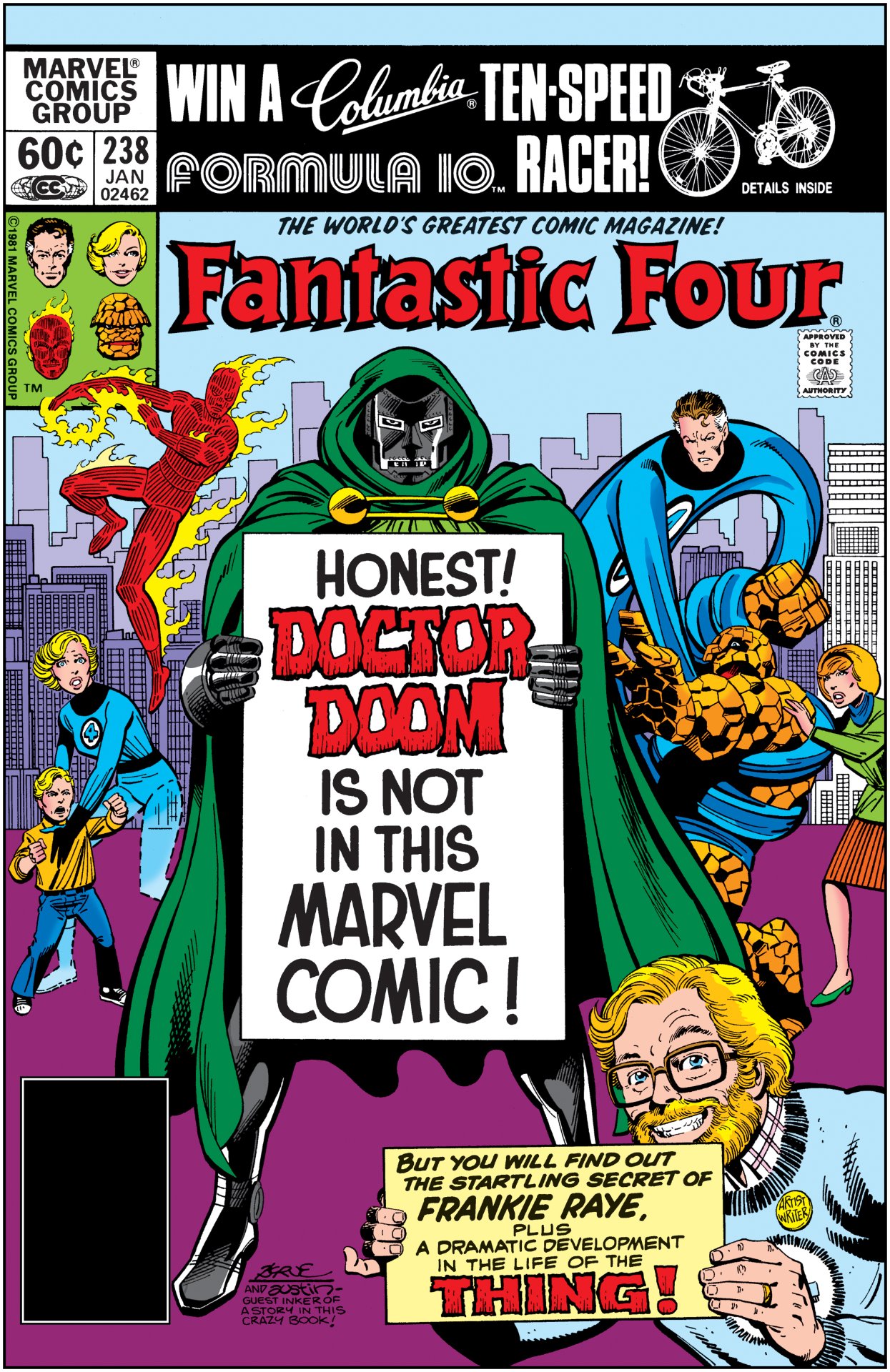Titan's Fantastic Four: The First 60 Years digs into John Byrne's "new Golden Age" of the '80s
Titan's Fantastic Four: The First 60 Years hardcover book explores the history of Marvel's First Family from 1961 until now
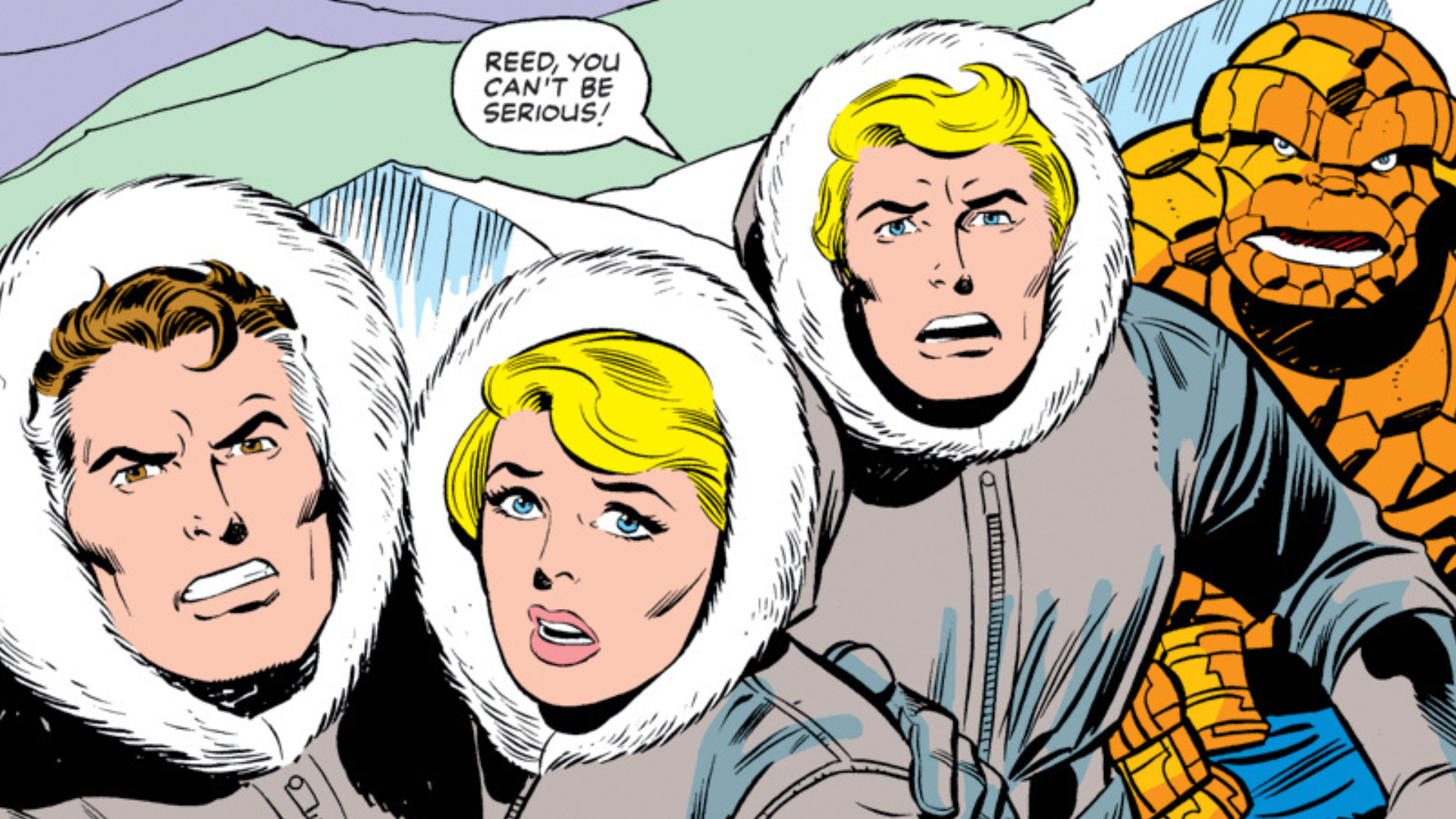
Just in time for a new Fantastic Four ongoing series and the upcoming Fantastic Four MCU movie, Titan Comics is releasing Fantastic Four: The First 60 Years, an illustrated history of Marvel's beloved First Family.
The Fantastic Four was co-created by Stan Lee and Jack Kirby, and the team consists of Reed Richards, AKA Mister Fantastic; Sue Storm, AKA Invisible Girl (now Woman); Johnny Storm, AKA Human Torch; and Ben Grimm, AKA Thing. Marvel's First Family debuted in their own title, The Fantastic Four #1, in November 1961.
Titan's Fantastic Four: The First 60 Years explores the team comics history from 1961 until now, and features an introduction by Italian journalist and cartoonist Marco Rizzo, who's also worked with Titan on other anniversary books. The hardcover tome explores key eras of the FF, including when John Byrne wrote the title for the first half of the '80s.
Newsarama readers can get a first look at an excerpt from the book all about Byrne's time on the main Fantastic Four title, with issues #232-295 from 1981-1986. Read on:
"One name is usually associated with the Fantastic Four during the 1980s: John Byrne. His long run would redefine Marvel’s First Family for the era, while other authors would also leave their mark on the characters during this decade…
"John Byrne, the artist who together with Chris Claremont turned the X-Men into Marvel’s best-selling title, would leave an indelible mark on the Fantastic Four in the 1980s But before Byrne began his historic run, versatile writer Doug Moench started working on Fantastic Four with issue #219 (June 1980), with art by Bill Sienkiewicz. At the time the latter drew with a classic, smooth style, influenced by the realistic line work of his idols Neal Adams and John Buscema. Joe Sinnott, inking Sienkiewicz’s pencils, made the work look more similar to those Fantastic Four artists who came before him.
"Moench and Sienkiewicz penned less than a year’s worth of stories. It was a run populated by villains like the warlock Nicholas Scratch (son of Agatha Harkness) and his demonic Salem’s Seven, and other minor figures such as Firefrost, Ebon Seeker, and Stygorr. But the common thread of Moench’s brief run was actually the relationship between Reed, Sue, and Franklin. The child was destined to be his father’s main inspiration for doing good. Their father-son relationship tortured Sue and, in issue #228 Franklin became… the group’s adversary! In that episode, the FF faced a flesh-and-blood version of Franklin’s personality: Ego-Spawn, created by Franklin’s powers. The very existence of this being demonstrated how powerful Sue and Reed’s son was… and also how dangerous."
Get the best comic news, insights, opinions, analysis and more!
From here, Fantastic Four: The First 60 Years explains why Byrne's run on the Fantastic Four is often called "a new Golden Age" for the comic:
"John Byrne had given Moench and Sienkiewicz a bit of a breather by doing two fill-in issues after their start on the series. Byrne had completed the story and art for a promotional comic book that was supposed to be distributed by the Coca-Cola Company. Those comics weren’t printed, so Marvel decided to run the story, with a few modifications, publishing in the summer of 1980 in issues #220 and #221. Even before that, Byrne had illustrated episodes written by Marv Wolfman: 'But since they were needed only as very loose ‘breakdowns’ for Joe Sinnott to ink, they were not entirely satisfying,' he would say later.
"Meanwhile, over on The Uncanny X-Men, Byrne was clashing with Claremont. For some time now, the duo had been in disagreement over the direction that the stories should take. At the start of August 1980, during the San Diego Comic-Con, Byrne learned from editor-in-chief Jim Shooter that Moench would soon be leaving Fantastic Four. Sienkiewicz was supposed to continue the artwork, but instead he decided to focus on Moon Knight, another series that he had recently launched with Moench, and which he had drawn for a little while alongside Fantastic Four.
"'I think [this] was ultimately a better fit for everybody,' Byrne would later declare years later [sic]. Sure enough, over the course of Moon Knight’s dark adventures, Sienkiewicz would develop his signature style by experimenting with inking and creating atmosphere, moving toward the unique painterly look that he is known for today.
"After informing his X-Men editor, Louise Jones, of his intentions, Byrne called Shooter. He told him that he wanted to write and draw Fantastic Four. Byrne was a huge fan of the characters: in 1973, two years before being hired by Marvel, he had sent the publisher test pages devoted to none other than the FF.
"And by now, Byrne was a rising star: his recognizable style was very popular with readers. In the early 1980s Frank Miller was embarking on a similar path with Daredevil. He started out as an artist paired with writer Roger McKenzie, and was then entrusted with both the plots and the artwork, with the exception of the inking by Klaus Janson. Shooter agreed, and Byrne became FF’s new writer and penciler (and often inker). And he managed it all while respecting deadlines!
"Years later, Byrne told Comic Reader that he always had a strict daily routine, which consisted of waking up at dawn and working without a break until 4 o’clock in the afternoon: 'I started out fast, and luckily I learned how to draw and didn’t lose my speed. The thing is, look at the calendar, guys. There are 22 pages in a book and 22 working days in a month. That’s not real tough to work out.' Actually, during his career, Byrne would prove capable of drawing up to three fully inked pages a day. And in Fantastic Four (just as in Alpha Flight, Byrne’s next hit), the artist did this while taking care of the scripts."
Finally, Fantastic Four: The First 60 Years explores Byrne's own history with Marvel's First Family, and how it affected his approach to writing the series:
"The first Marvel comic read by a very young John Byrne was Fantastic Four #5. 'On the second page, the Thing and the Torch have a fight,' he would explain as an adult, 'and I just kind of sat there and went, ‘Wow! Superman and Batman never have fights!’ So it was the characters, it was the stories, it was just the whole milieu… the whole fantasy milieu was so compelling.'
"Byrne approached the series with a fan’s enthusiasm. He started regularly working on the Fantastic Four in 1981, with issue #232 (July 1981). He would stay at the helm of the series for a good six years, up to #293 (August 1986). From the start, Byrne wanted to pay homage to Lee and Kirby’s very first issues, bringing back classic FF villains. The Spanish alchemist Diablo got the ball rolling, and within a few issues the Inhumans, Ego the Living Planet, Namor, and – inevitably – Dr. Doom had reappeared. There were regular squabbles between the Thing and the Human Torch again, as well as romance storylines and family dramas.
"Byrne’s first year on the series ended with a new 'Galactus Trilogy,' where Frankie Raye, Johnny Storm’s girlfriend, became the new herald of Galactus. Another herald of the Devourer of Worlds, Terrax – created by Byrne for Marv Wolfman’s scripts years before – also had a comeback. One of the most memorable developments was the 'relocation' of the Inhumans. Black Bolt and his subjects found out that the pollution on Earth could kill them, and Reed helped them to move their city, Attilan, from the Andes to the 'Blue Area' of the Moon (which had a breathable atmosphere).
"Byrne was also inspired by Lee and Kirby when it came to the structure of his comics. The comic books were once again subdivided into chapters, and the strange, intriguing covers were back. A good example is the cover of issue #234 (September 1981), which invites the reader to discover the identity of the silhouetted figure with the text, 'Who is he? What is he?'
"And the cover of issue #238 (January 1982), is gloriously tongue-in-cheek. Dr. Doom holds a sign where he promises he is not in the comic – and just beneath him John Byrne himself appears, in a wink to the reader that is reminiscent of Stan Lee. The cover contrasts with the tragic story inside, which recounts the story of Frankie Raye – who turned out to be the daughter of Dr. Phineas Horton, the creator of the Golden Age Human Torch. Accidental contact with the chemical products that had given the android his powers had endowed Raye with similar ones.
"In the second story, Reed’s latest attempt to 'cure' Ben ended tragically, as The Thing went back to the 'lumpier' look of his earliest appearances. (Six months later, Franklin – revealing himself to be even more powerful – would return Ben back to his rocky form.) The story continued in issue #239, marking the first appearance of Ben’s Aunt Petunia, the relative famously invoked by the Thing in his most difficult moments. She turned out to be younger than expected, surprising the readers and the rest of the Fantastic Four."
Fantastic Four: The First 60 Years will be available in hardcover from Titan Comics on October 25, featuring the above excerpt and art as well as 100+ additional pages exploring the history of Marvel's First Family.
For now, dig into the best Fantastic Four stories of all time.
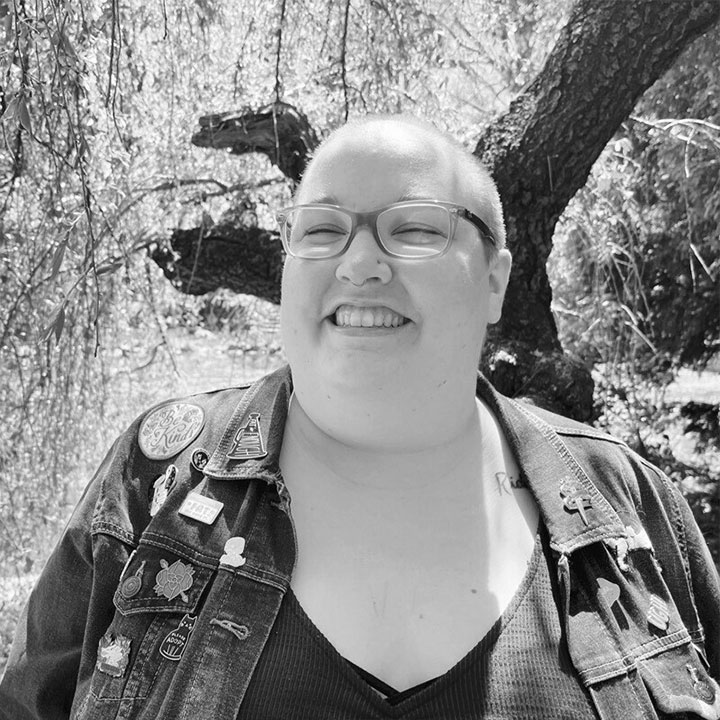
Samantha Puc (she/they) is an editor at Newsarama and an avid comics fan. Their writing has been featured on Refinery29, Bitch Media, them., The Beat, The Mary Sue, and elsewhere. She is currently pursuing a Master of Fine Arts degree in creative nonfiction at The New School.


